氟虫腈fipronil 8% FS 5% SC 5g/l SC 95% TC biochemical public use manufacturer
fipronil 8% FS 5% SC 5g/l SC 95% TC biochemical public use
120068-37-3
120068-37-3
询价
1000L
起订
2000L
起订
5000L
起订
上海 更新日期:2025-02-04
产品详情:
- 中文名称:
- 氟虫腈
- 英文名称:
- fipronil 8% FS 5% SC 5g/l SC 95% TC biochemical public use
- CAS号:
- 120068-37-3
- 品牌:
- Agrowonde
- 产地:
- shanghai
- 保存条件:
- 0
- 纯度规格:
- 5%
- 产品类别:
- 杀虫剂
- CAS编号:
- 120068-37-3
- EINECS编号:
- 120068-37-3
- 别名:
- OTHER PRODUCTS 'Ascend' (); 'Blitz' (); 'Chipco Choice' (); 'Cosmos' (); 'Goliath' (); 'Icon' (); 'KB Guepes' (); 'Metis' (); 'Regent' (); 'Termidor' (); 'Texas' (); 'Violin' (); 'Frontline' (veterinary use) (Bayer CropScience) mixtures: 'Cardinal' (+ aldicarb) (); 'Gazette Prince' (+ carbosulfan) (); 'Jumper' (+ guazatine+ triticonazole) (); 'Regent Plus' (+ aldicarb) (); 'Trident' (+ aldicarb) (); 'Zoom' (+ guazatine+ triticonazole) (); 'Amistar-Prince' (+ azoxystrobin) (rice nursery box) (, Nihon Nohyaku, Nissan); 'Delaus-Prince' (+ diclocymet) (Nissan); 'Dr. Oryze-Prince' (+ probenazole) (Meiji Seika, Hokko); 'Fuji-one Prince' (+ isoprothiolane) (Nihon Nohyaku); 'Pika Pika' (+ isoprothiolane+ pyroquilon) (Nihon Nohyaku); 'Vget Prince' (+ tiadinil) (Nihon Nohyaku)
- 分子式:
- C12H4Cl2F6N4OS
- 含量纯度:
- fipronil 8% FS 5% SC 5g/l SC 95% TC
- 产地/厂商:
- shanghai
- 英文名称:
- fipronil 8% FS 5% SC 5g/l SC 95% TC biochemical public use manufacturer Difenoconazole 25% EC 3% FS 97% TC super fungicide whole sale seed treatment seed dressing seed coating
- 性状:
- red liquid, white liquid, white powder
- 毒性:
- low
- 剂型:
- fipronil 8% FS 5% SC 5g/l SC 95% TC
- 质量标准:
- FAO SGS Standard
- 防治对象:
- insects
- 作物场所:
- farm, public
- SEO name:
- fipronil 8% FS 5% SC 5g/l SC 95% TC biochemical public use manufacturer Difenoconazole 25% EC 3% FS 97% TC super fungicide whole sale seed treatment seed dressing seed coating
公司简介
Shanghai Agrowonderful Industrial Co., Ltd is TOP 1 pesticide & insecticide & herbicide & weed killer & grass killer & agrochemicals manufacturer & factory in China
| 成立日期 | (4年) |
| 注册资本 | 30 |
| 员工人数 | 100-500人 |
| 年营业额 | ¥ 100万以内 |
| 经营模式 | 贸易,工厂,定制 |
| 主营行业 | 绿色化学产品 |
氟虫腈相关厂家报价 更多
-
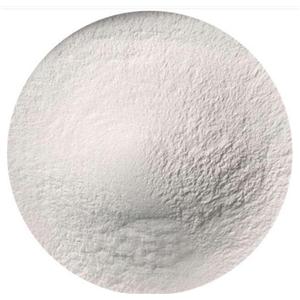
- 氟虫腈-非泼罗尼
- 武汉鼎信通药业有限公司 VIP
- 2025-03-10
- ¥900
-
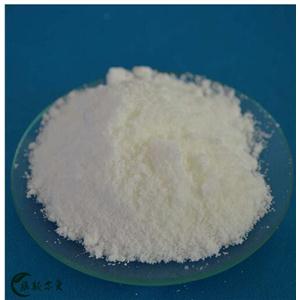
- 氟虫腈
- 武汉维斯尔曼生物工程有限公司 VIP
- 2025-03-10
- ¥17000
-
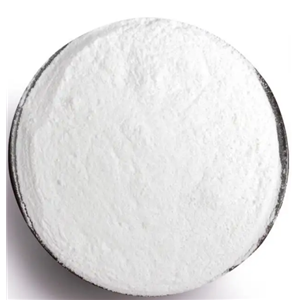
- 120068-37-3;氟虫腈
- 普善实业(陕西)有限公司 VIP
- 2025-03-10
- 询价
-
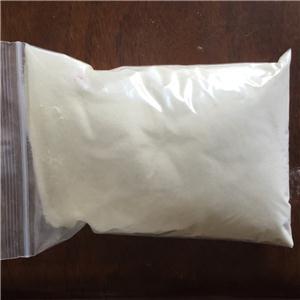
- 氟虫腈
- 武汉鼎信通药业有限公司 VIP
- 2025-03-10
- 询价
-
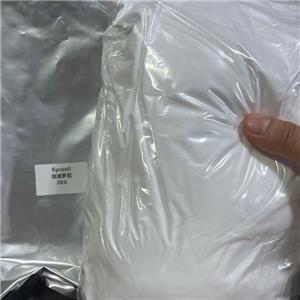
- 非泼罗尼;锐劲特;芬普尼
- 湖北威德利化学科技有限公司 VIP
- 2025-03-10
- ¥1400
-
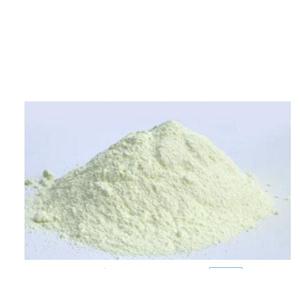
- 氟虫腈
- 湖北威德利化学试剂有限公司 VIP
- 2025-03-10
- 询价
-
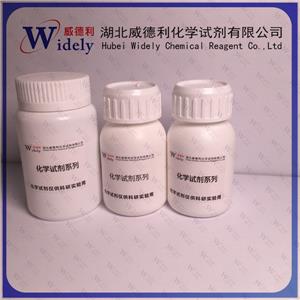
- 氟虫腈 非泼罗尼
- 湖北威德利化学试剂有限公司 VIP
- 2025-03-10
- ¥600
-
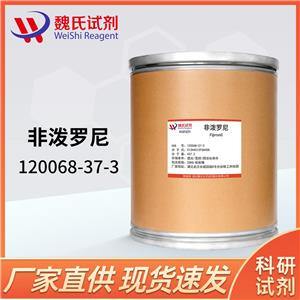
- 非泼罗尼;氟虫腈—120068-37-3 魏氏试剂 Fipronil
- 湖北魏氏化学试剂股份有限公司 VIP
- 2025-03-10
- ¥589
-
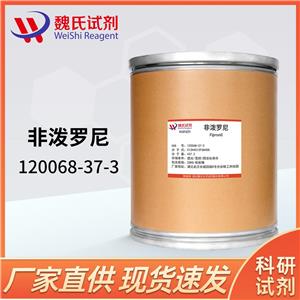
- 非泼罗尼—120068-37-3
- 湖北魏氏化学试剂股份有限公司 VIP
- 2025-03-10
- ¥453
-
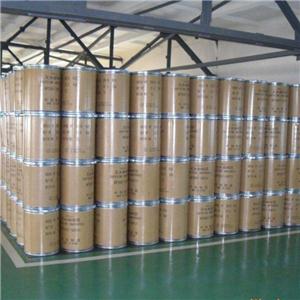
- 氟虫腈
- 湖北鸿福达生物科技有限公司 VIP
- 2025-03-09
- ¥700













